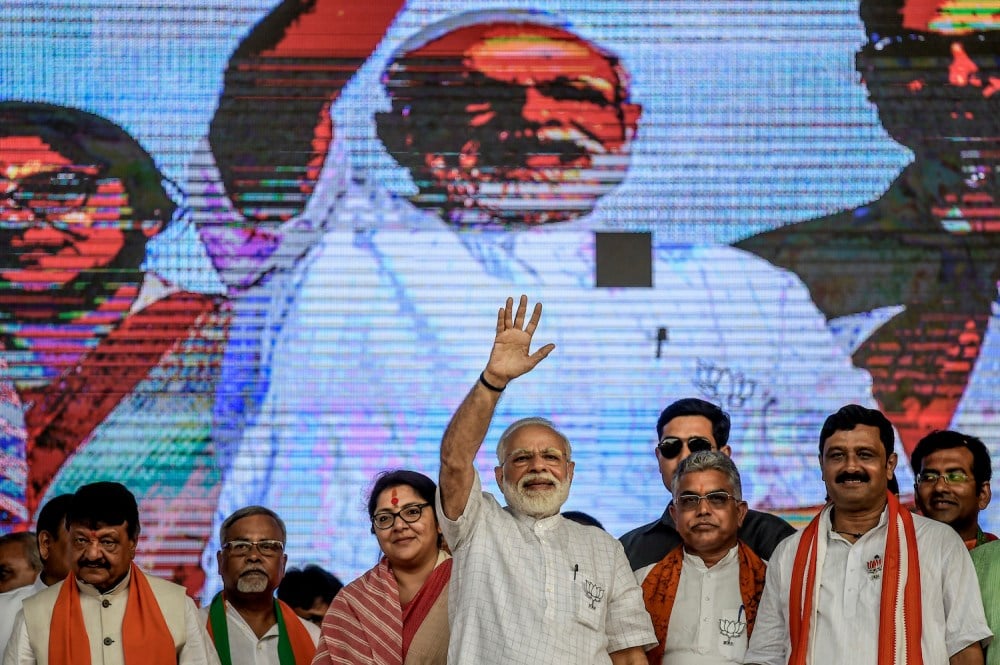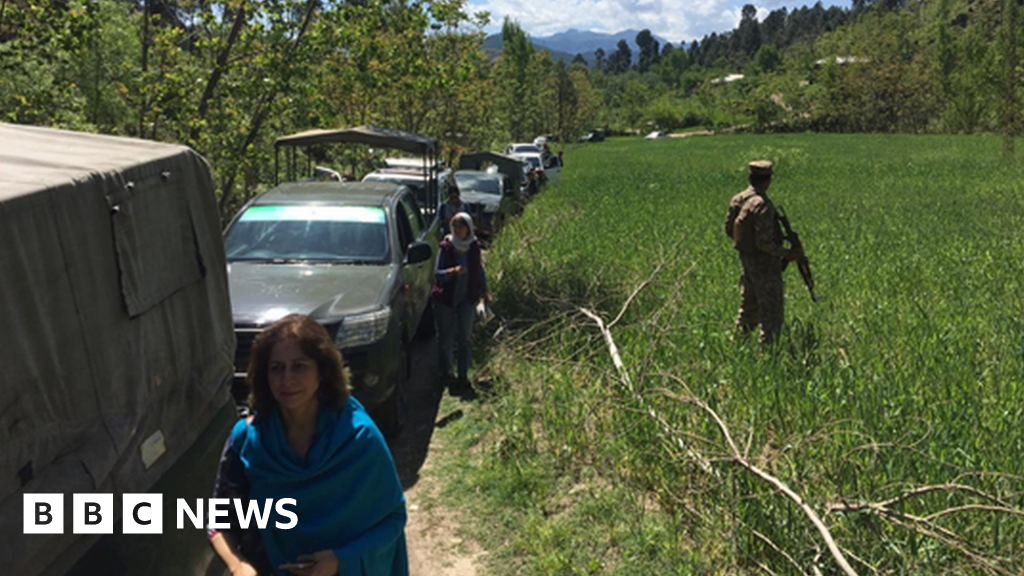India’s Prime Minister Modi
has used the Varthaman shoot down
to publicly argue for speeding up purchases of French-made Rafales, a deal that opposition parties in India have accused of being rife with
corruption and graft. Separately,
Russia’s state media has used the incident to argue that the IAF should
buy more Russian jets.
Regardless, the exact details of the aerial engagement that led to the Pakistanis shooting down the MiG-21 remain unclear. The truth is that air combat is a multi-faceted and extremely complex affair where the exact capabilities of two individual planes account for just a fraction of the many factors at play. You can read more about this in
The War Zone’s
previous deep analysis of the aerial skirmish on Feb. 27, 2019.
Furthermore, it's unclear why India waited more than a month to release this latest information, which still does not conclusively prove that the IAF shot down an F-16 in any tangible way. On Feb. 28, 2019, just a day after the aerial brawl, Indian authorities publicly showed the AIM-120C-5 fragment, which did offer compelling evidence that Pakistani Vipers had, at least, taken part in the operation overall.
India’s latest release of information is interesting, but it remains too circumstantial and limited to put the issue of whether or not the IAF shot down an F-16 to rest for good. The Indian government’s repeated claims, and the counter-claims of an audit of Pakistani Vipers, only seem to raise new questions about exactly what happened in the skies over Kashmir more than a month ago.







